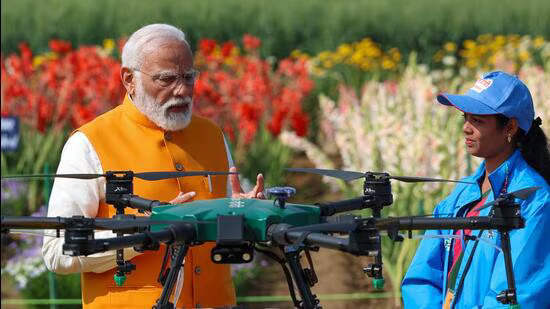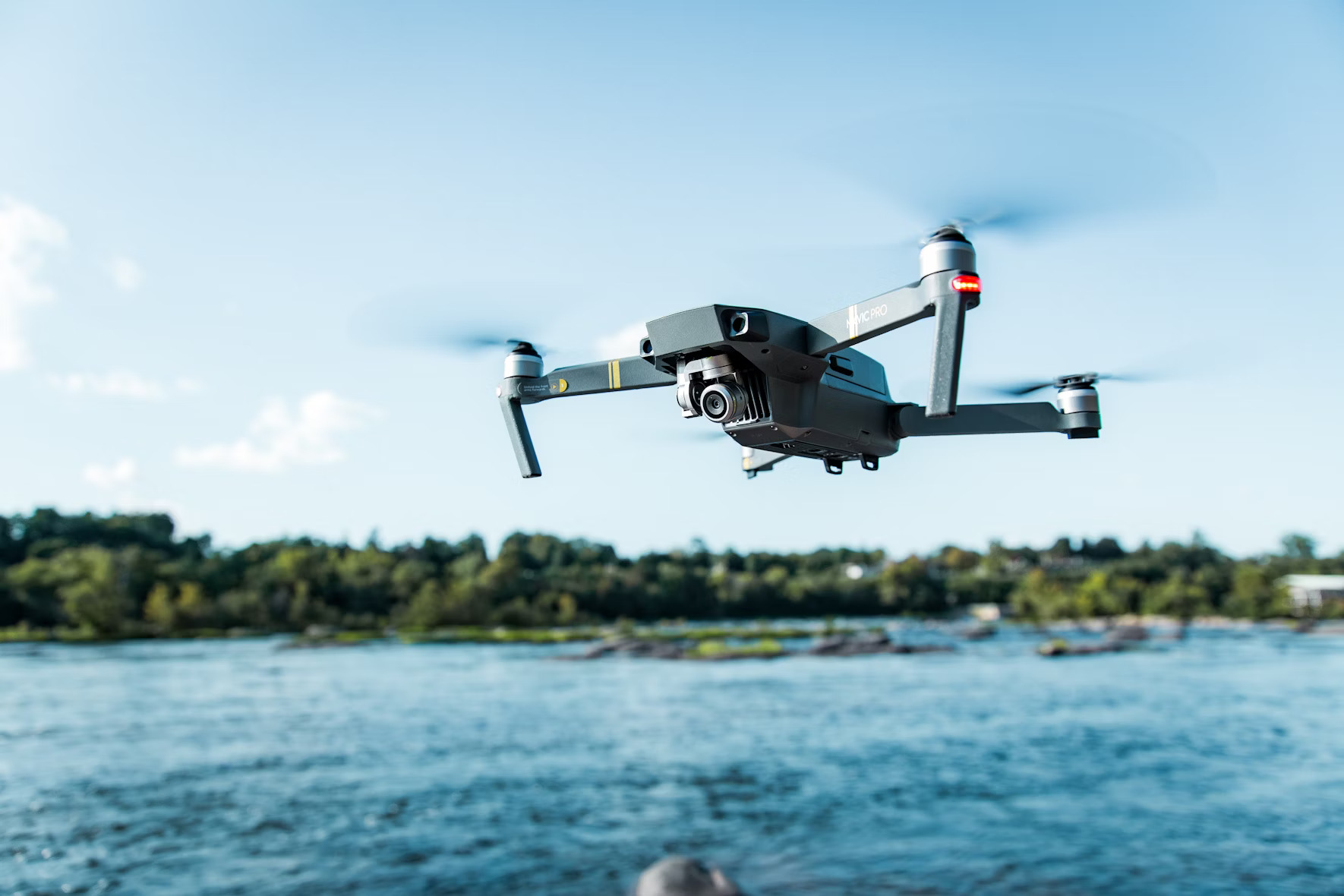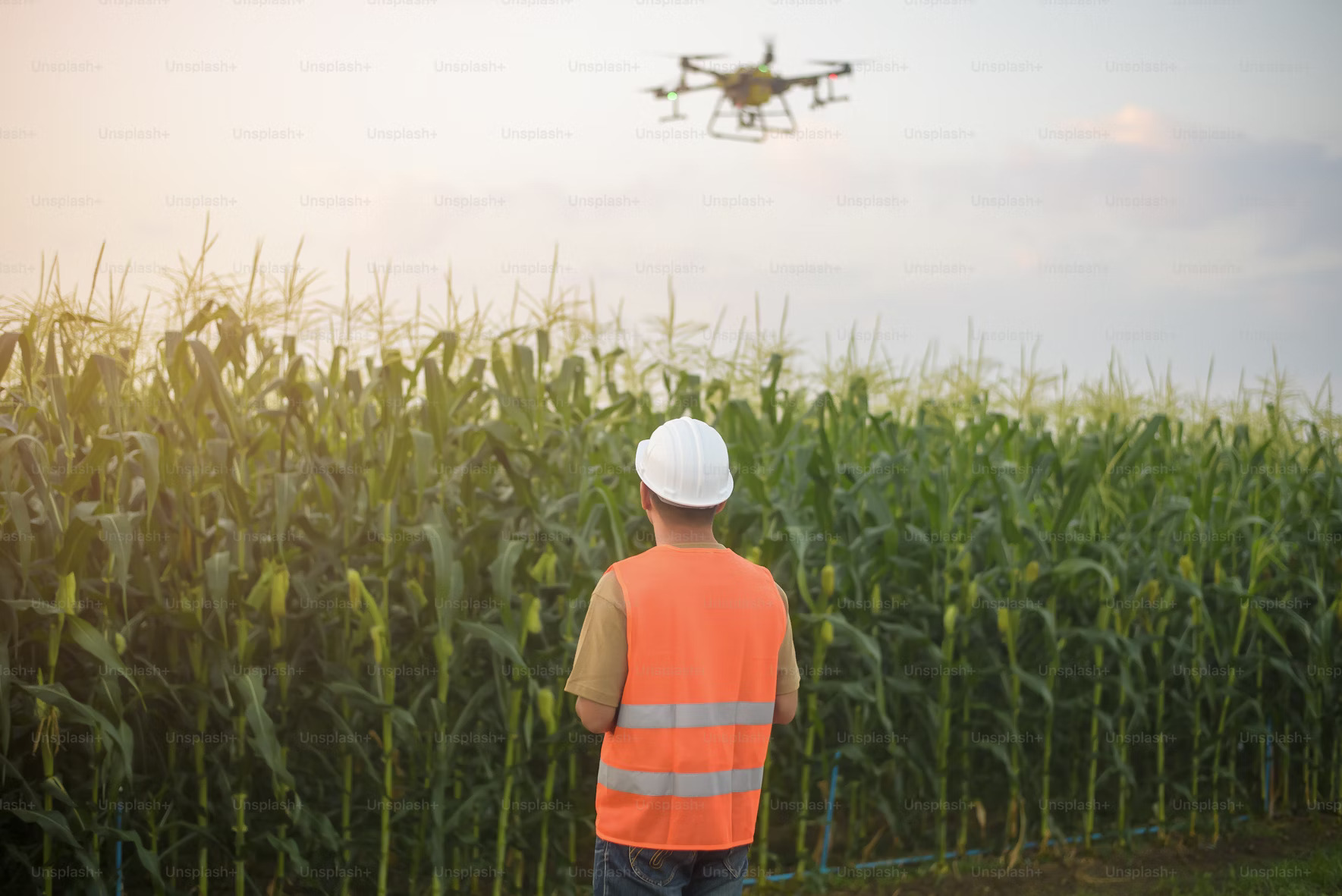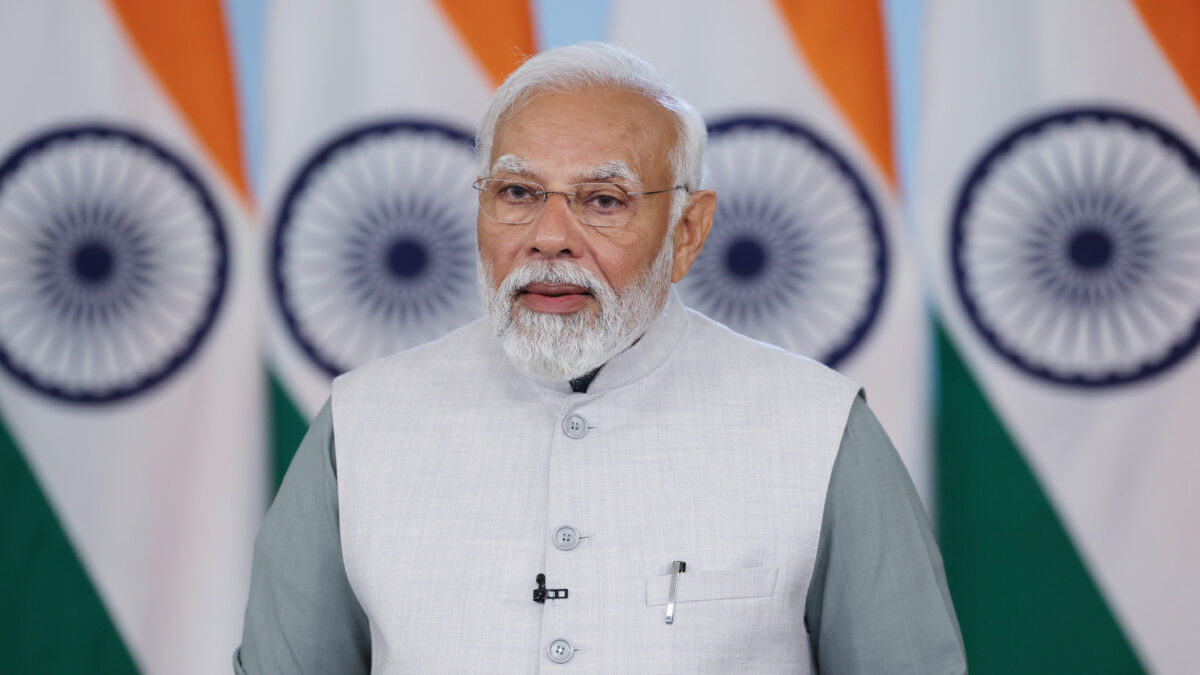

India’s strategic plan to emerge as a significant global drone hub by 2030 encompasses comprehensive utilization across numerous sectors, including agriculture, defense, and consumer services. Highlighting the extensive application of drones from mapping and emergency response to agricultural innovations with Kisan Drones, India aims to revolutionize various industries. Regulatory frameworks have been updated to ensure safe drone operations, requiring registration, licensing, and adherence to operational zones. These measures underscore India’s commitment to integrating drone technology into its development narrative, ensuring a balance between innovation and regulatory compliance.
With agriculture being a major sector across India, the Finance Ministry stated the need to introduce the Drone-as-a-service model in the 2022 Budget. These drones – specially referred to as Kisan Drones – will have a major impact in India’s approach to agricultural needs and practices. This includes the usage of drones to digitise land records, precisely monitor and assess the health of the crops, and the spraying of insecticides, pesticides and nutrients. There are also ongoing attempts to set up training institutes and establish courses and programs to increase the number of skilled personnel in the industry to apply drone technology in agriculture.
Registration and Licensing :
Under India’s drone regulations, all drones must be registered with the Directorate General of Civil Aviation (DGCA), and operators are required to obtain a license. This process is facilitated through the DGCA’s Digital Sky platform, offering a unified portal for drone registration and operational approval.
Operator Requirements

To operate drones in India, individuals must be at least 18 years old, have completed their 10th-grade education, and successfully finish a DGCA-approved training program, including a written test. Upon passing, they’ll receive a remote pilot certificate via the Digital Sky Platform, valid for 10 years. Exceptions exist for operating nano drones and non-commercial micro drones under specific conditions, with restrictions on flying altitude and speed.
There are however certain exceptions under the new rules. A certificate is not needed for operating nano drones (that weigh less than 250 grams) and non-commercial micro drones that weigh less than 2 kgs). But even if permissions are not needed, operators are not allowed to fly nano or micro drones over 50 feet above ground level or above a speed of 25 metre/second.
Restrictions on Drone Use
The Directorate General of Civil Aviation (DGCA) enforces specific flying restrictions for drone operators, including bans on flying close to airports or densely populated regions. Additionally, an interactive map categorized into Green, Yellow, and Red zones is available on the Digital Sky platform to aid operators and stakeholders in identifying permitted flying areas.
Green Zones: No permission is required to fly drones in these areas.
Yellow Zones: These are controlled airspace and need special permission to enter.
Red Zones: Strictly no-fly zones. This includes areas such as military bases or nuclear power plants and other sensitive areas which are restricted due to the risk of accidents or national security purposes.
Securing permission is essential for each drone flight. Operators can request authorization through the Digital Sky app, which then approves or denies the flight. In India, drones must be designed to not take off without this approval. Adhering to these rules is crucial; violations could lead to fines up to ₹1,00,000.









